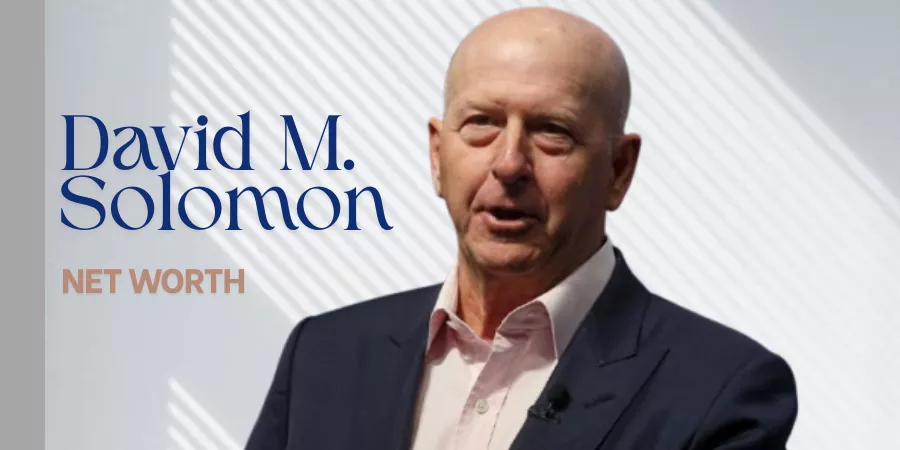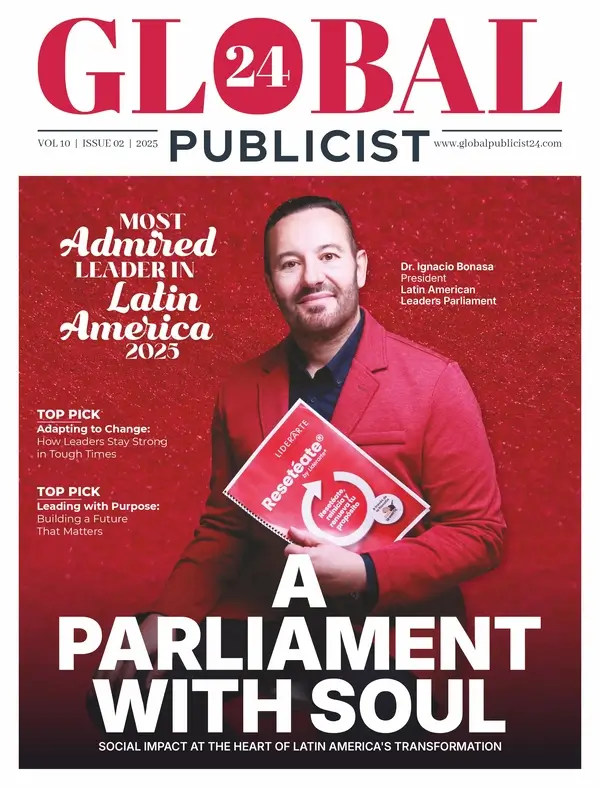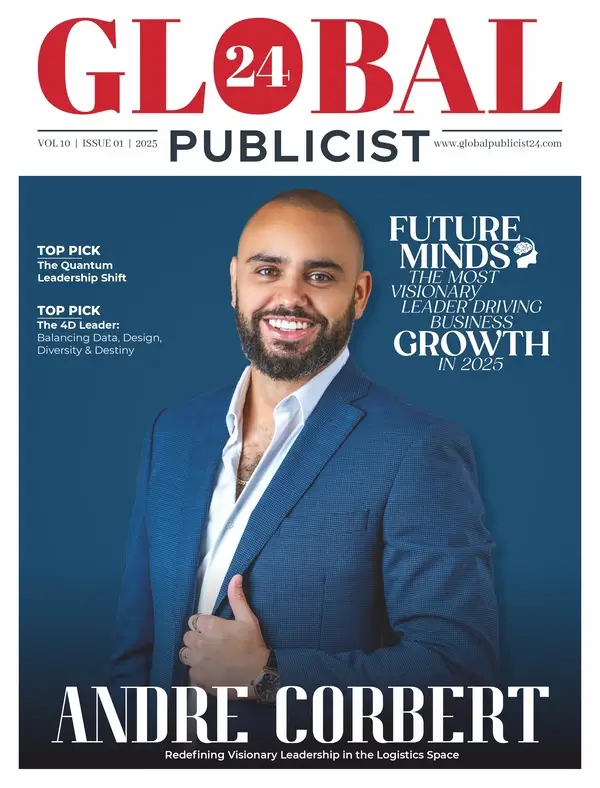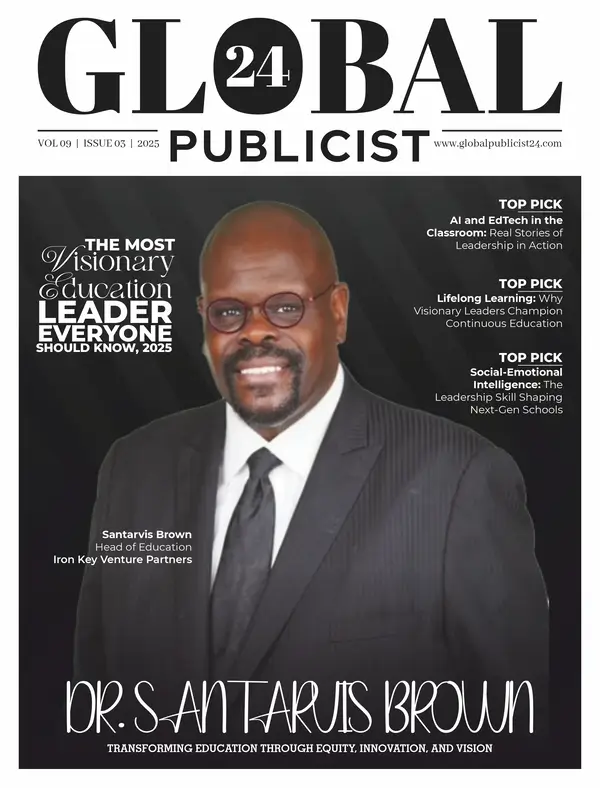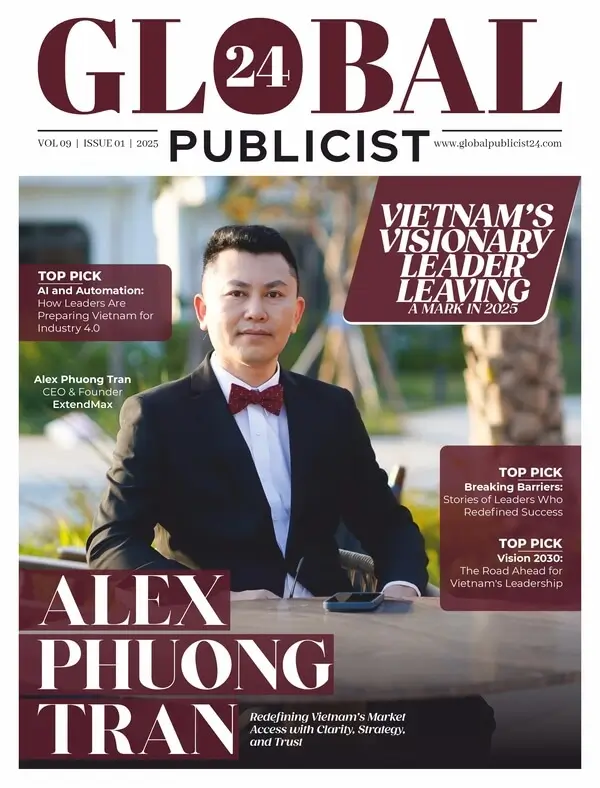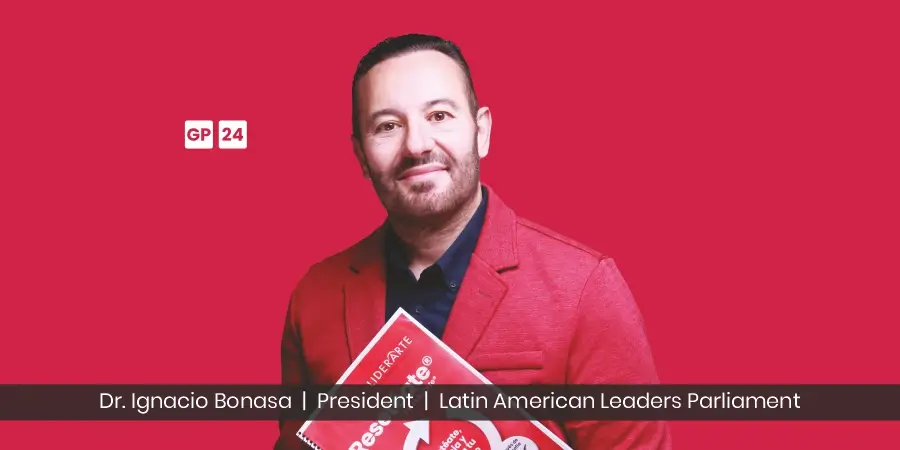Key Takeaways
- Philanthropy supports vital social causes and strengthens communities everywhere.
- Community-driven strategies and technology can motivate more participation and deeper engagement.
- Transparency, storytelling, and inclusivity help maintain trust and encourage ongoing involvement.
- Tracking impact and overcoming barriers are key to sustaining community-focused giving.
The Roots of Community Giving
Giving back to the community is a deeply rooted tradition that bridges diverse cultures, religions, and societies worldwide. Philanthropy’s origins are rooted in practices that predate modern charity foundations—neighbors supporting one another, community members offering resources during times of hardship, and collective action to address shared needs. Today, the act of giving has evolved, yet the spirit remains unchanged. High-profile figures, such as Manoj Bhargava, exemplify this tradition, demonstrating how individual commitment can spark broader community transformation. Inspired by such examples, many are taking up the cause in their ways, fueling a cycle of generosity that continues to reverberate.
Backed by research showing that over 60% of American adults participate in charitable activities every year, giving is more than just a social expectation—it’s a driver of well-being and resilience. Whenever individuals rally to volunteer, donate, or advocate, they reinforce a network of trust and reciprocity. These efforts might start small, but over time, they shape community values, underpinning a culture where generosity becomes second nature. Stories of impactful giving—whether from a local food bank or international scholarship program—underscore the universal truth: even a single person’s generosity can prompt a wave of goodness that strengthens a community for generations.
Why Practical Strategies Matter
While goodwill and inspiration are vital, coordinated strategies make philanthropy sustainable and far-reaching. Communities face unique challenges that require tailored approaches—what works in a large city might not translate directly to rural areas. This is where structured tactics come in, creating pathways for everyone to participate meaningfully. A clear example is seen in the rise of giving circles, where individuals with similar interests pool their resources to fund projects or charities, thereby maximizing their collective impact.
A strategic organization not only enhances participation but also builds continuity. By outlining annual campaigns, hosting matching donations, or establishing scheduled volunteer programs, organizations can invite more people to join in while ensuring that the impact remains visible and measurable. In essence, having a robust plan turns sporadic generosity into a driving force for positive, repeatable change.
Engaging People Locally: Ideas That Work
The heartbeat of successful philanthropy is found in grassroots action. Community engagement flourishes when giving opportunities are woven directly into daily life and accessible to all. Simple neighborhood projects—such as weekend park clean-ups, food pantry drives, or installing Little Free Libraries—invite broad participation and foster a sense of unity. Hosting community events that showcase local nonprofits, connect volunteers with projects, and provide students with service opportunities to bridge generational and socioeconomic divides.
- Plan and promote open houses with interactive activities for all ages.
- Offer brief, flexible volunteer opportunities that allow people to join spontaneously.
- Develop partnerships with schools and after-school programs for student-led service.
Leveraging Technology for Philanthropy
Digital innovation has transformed how communities give, making it faster, more flexible, and more transparent. Online platforms enable residents to pitch in from anywhere, at any time, by supporting causes that matter to them with just a few quick clicks. Campaigns on social media proliferate, often using hashtags and viral challenges to motivate action among wider circles of friends, family, and acquaintances. Technology does more than bridge distance; it debunks myths that giving must always be monetary or time-consuming. People can amplify their impact by sharing stories, inviting participation, or setting up recurring digital donations tailored to their budget and financial means.
Platforms with real-time dashboards enable organizations to share updates, track donations, and report outcomes in a way that fosters trust. Younger donors, in particular, are drawn to these methods as they value both convenience and accountability. Apps and websites also foster peer-to-peer giving, allowing anyone to start a birthday fundraiser or organize micro-campaigns that spread organically. In this way, technology not only multiplies reach but nurtures a new generation of givers.
The Power of Storytelling in Giving
At the heart of every movement, the story is the spark that ignites action. Sharing real-life narratives—whether of a young person benefiting from a scholarship or a family uplifted by a community food drive—adds a personal, human touch to statistics and budget reports. Storytelling bridges the emotional gap, helping potential donors and volunteers visualize the difference their contributions can make. This connection breeds empathy, transforming abstract causes into tangible, urgent missions.
Modern giving campaigns amplify their reach with video interviews, day-in-the-life features, and before-and-after photo essays. Recognizing volunteers publicly, featuring their testimonials, or allowing recipients to share their own words builds a compelling cycle of gratitude and motivation. These stories not only attract new supporters but also reinforce pride among existing ones, making the culture of giving visible and relatable.
Addressing Common Barriers to Giving
Despite the enthusiasm to help, some community members hesitate to participate due to real or perceived obstacles. These may include limited disposable income, a lack of spare time, or concerns about where their contributions will be directed. Solving these challenges is essential to broadening your base of givers. Micro-donation platforms address the financial barrier by making it easy to contribute small amounts that add up, offering flexible, bite-sized volunteer opportunities to accommodate busy schedules and uncertain commitments.
Crucially, education plays a significant role. Sharing transparent updates and real-world outcomes, providing tax benefit information, and explaining matching gift programs can ease skepticism. Recognizing that meaningful change often requires non-monetary support—such as skills, advocacy, and mentorship—empowers more people to get involved, turning barriers into new avenues for deeper engagement.
Measuring and Sustaining Community Impact
Building a lasting community of giving means never losing sight of impact. Collecting accurate data on funds raised, projects completed, and lives changed is more than just best practice—it’s crucial to sustaining enthusiasm. Public dashboards, annual reports, and community-wide thank-yous create transparency and build collective pride. Ongoing conversations—via surveys or feedback sessions—help organizers adjust strategies, respond to new needs, and keep efforts aligned with the community’s evolving priorities.
Sustainability also relies on sharing leadership, recruiting new champions for causes, and staying innovative through technology and creative partnerships. When residents see the results of their generosity, giving quickly transforms from a once-a-year event to a year-round mindset that shapes the future.





